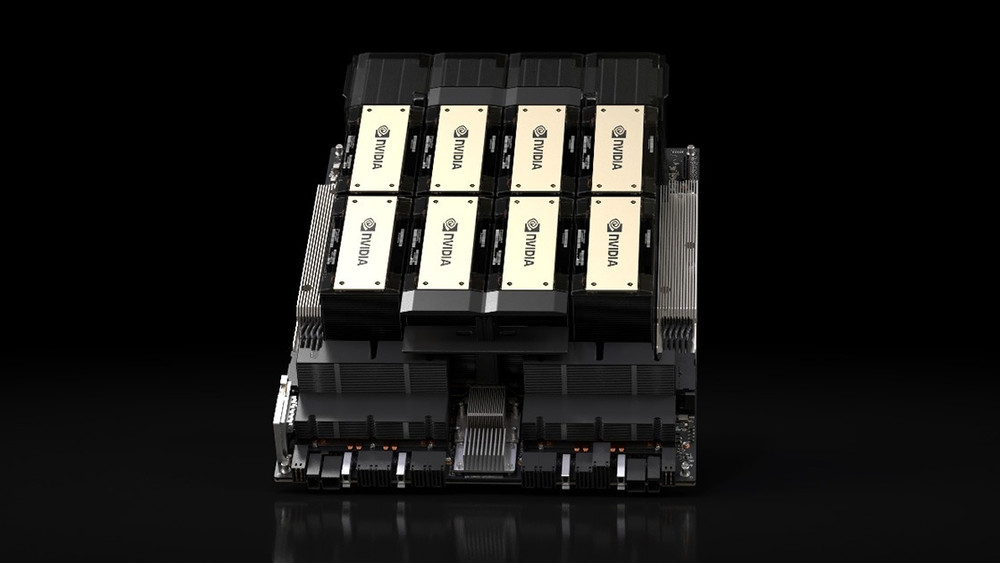NVIDIA’s Successor to H20 in China Will Not Be Based on Hopper, Says CEO
NVIDIA has announced that its upcoming high-end architecture will no longer be based on its Hopper series. This decision comes after restrictions on the export of its products to China. NVIDIA’s CEO, Jensen Huang, confirmed this, stating that the company will continue its efforts to provide AI accelerators to the Chinese market, despite challenges.
The H20
NVIDIA’s top products, the H100 and H200, which were based on the Hopper architecture, faced export bans to China. In response, NVIDIA introduced the H800 in March 2023 to comply with U.S. sanctions. However, even these models were later banned. As a result, NVIDIA created the H20, which is a more limited version of the Hopper chip. Despite the restrictions, these accelerators remained popular in China.
Now, with the H20 also blocked by the U.S. government, NVIDIA has decided not to develop another variant based on Hopper. According to Huang, it’s simply not possible to modify the Hopper architecture any further.
NVIDIA’s Potential Shift from HBM to GDDR7
The U.S. government mentioned the memory bandwidth of the H20 as part of the reason for blocking exports. This has led to speculation that NVIDIA may move away from using HBM (High Bandwidth Memory) in future products aimed at China. Huang’s comments support this idea, as the Hopper architecture was designed to work specifically with HBM. If NVIDIA switches to a different technology, it could use GDDR7, which would be easier to modify and adapt.
In this scenario, NVIDIA might choose between its current Blackwell architecture, designed for more basic GPUs, or the Ada Lovelace architecture, which is older but still advanced and supports NVLink—important for using multiple GPUs at scale. Ada Lovelace might become the final choice due to its compatibility with NVLink, essential for large-scale GPU setups.










